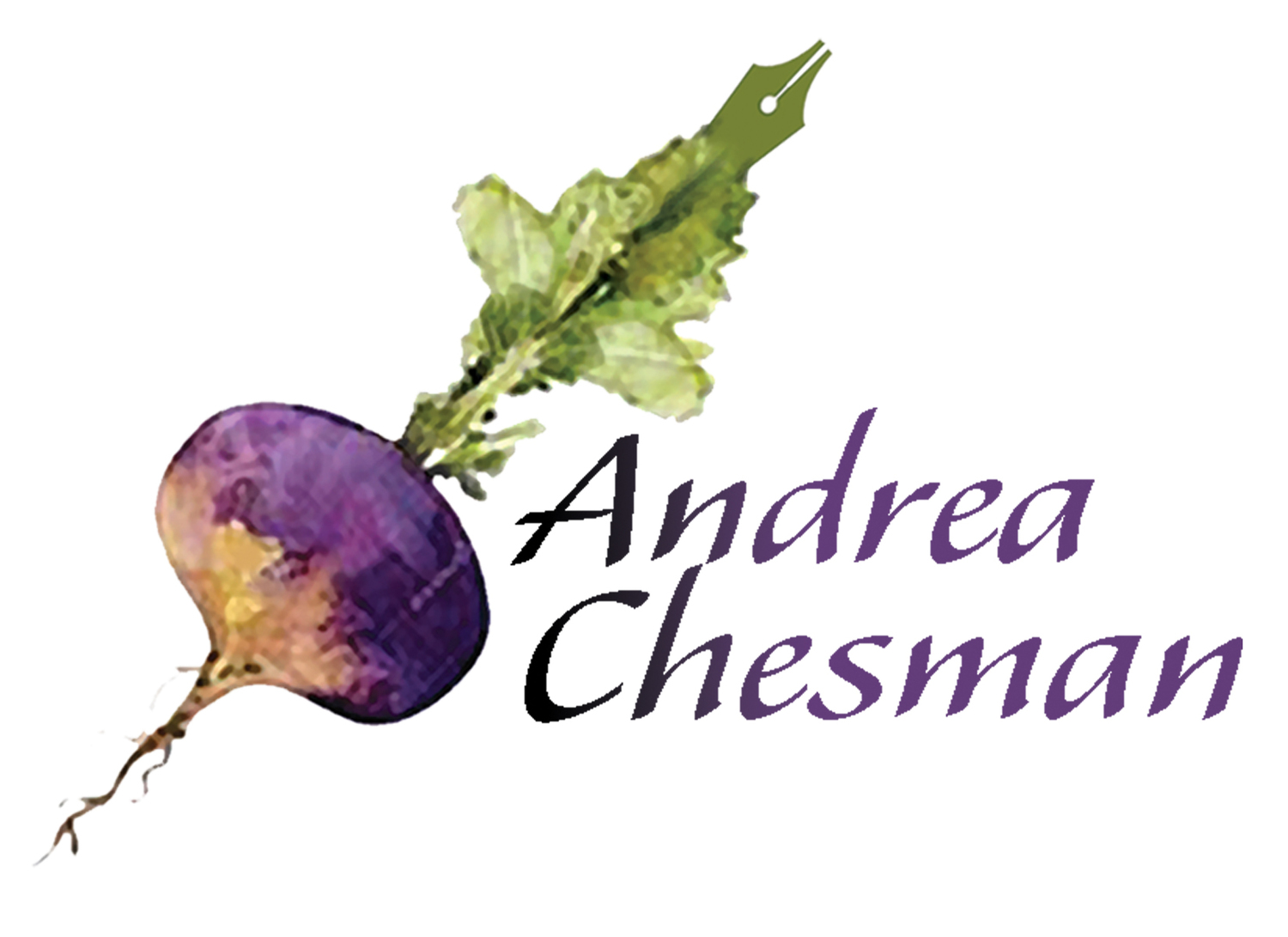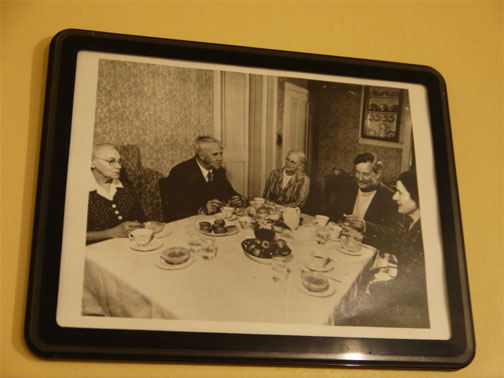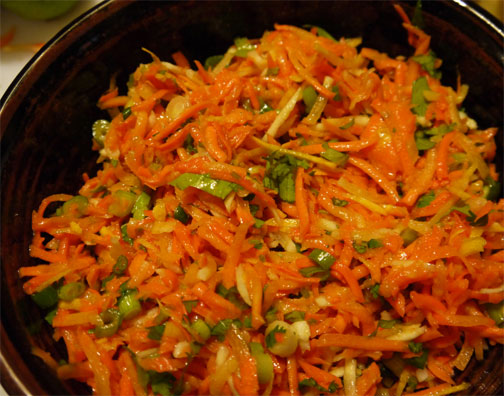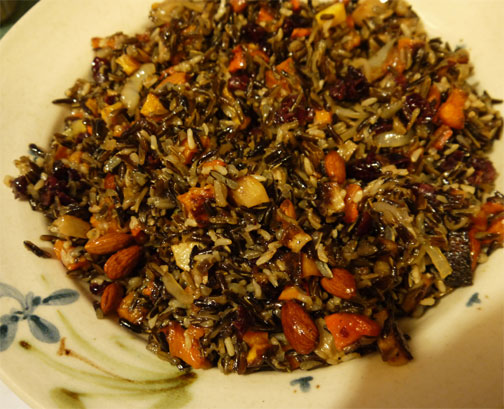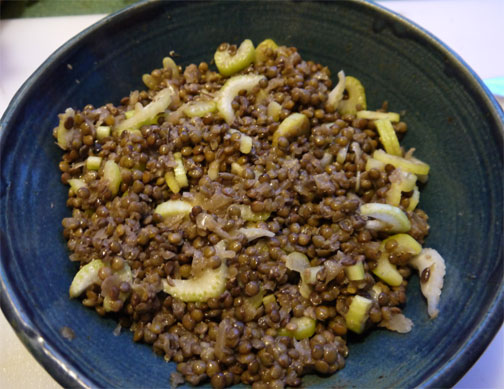The Evolution of a Recipe
When I was about five years old, my family took a trip to New York City to visit relatives and then to have dinner with an army buddy of my father. It was well before GPS or Google maps, and my father got lost in Brooklyn, refusing to stop and ask for directions. By the time we got to the restaurant, I was starving.
Rice pudding has been my go-to comfort food since I was five.
My mother ordered lamb chops for me, normally a favorite. But at this Greek restaurant, they arrived smothered in a spinach sauce. I wept. I wailed. I was inconsolable. A waiter came by, removed the offending chops and replaced them with a soup bowl filled with rice pudding. Heavenly!
Rice pudding has been my favorite dessert—no, my favorite food since then. It would be included in the menu of my last meal, should I ever knowingly hav a last meal. I have made it my birthday dessert instead of cake many times. I frequently make it to sell at the coffee house concert series my husband and I run in the Ripton town hall. And in every cookbook I have written, I have tried to slip in rice pudding, so I could enjoy re-testing the recipe.
No, it isn't in my pickle book, nor in any of my other vegetable books. But, various iterations appear in 366 Delicious Ways to Cook Rice, Beans, and Grains, 250 Treasure Country Desserts, and The Backyard Homestead Book of Kitchen Know-How.
Baked rice puddings have never met my standards: too dry, not creamy enough, though I have iterations in both 366 Delicious Ways to Cook Rice, Beans, and Grains and 250 Treasured Country Desserts (meeting those number requirements is tough!). In 366 Delicious Ways to Cook Rice, Beans, and Grains I have a eight different rice pudding recipes. In 250 Treasured Country Desserts, I have only six, including ones made with vanilla yogurt replacing the custard, coconut milk replacing the traditional cow's milk, and black rice replacing the traditional short-grain rice.
In 250 Treasure Country Desserts, my favorite recipe was the Creamy Rice Pudding, which is made by cooking short-grain rice in milk, then folding in a stirred custard made with three eggs. I tweaked that recipe for The Backyard Homestead Book of Kitchen Know-How, because those recipes were designed to be economical (what the French might call la cuisine de bonne femme) and use up leftover cooked rice, excess eggs and, perhaps, milk. That recipe uses four egg yolks and is everything I can ask of a rice pudding: creamy, delicious, and as comforting as the bowl I had in the Greek restaurant when I was five.
But something nagged me about that recipe, perfect though it tasted. It was those egg whites. I hated to waste them. So the last couple of times I made this recipe, I beat the egg whites with sugar and folded them into the pudding. Cloud-like perfection!
Folding in egg whites
Now the question is how to incorporate this revised recipe into the cookbook I am currently working on, which is all about cooking with animal fats. I am thinking I may embellish the recipe with apples caramelized in duck fat. Now doesn't that seem like a great idea?
Rice Pudding with Duck Fat Caramelized Apples will probably be included in my next cookbook.
Here's the recipe in its current state, with no embellishments, but with the egg whites folded in. You'll have to wait for the apples; I'm still tweaking the recipe...
Creamy Rice Pudding
Serves 4 to 6
2 cups leftover cooked rice
4 cups whole milk
1/2 teaspoon salt (if rice was cooked without salt)
4 eggs, separated
2/3 cups sugar
1 teaspoon vanilla extract
1. Combine the rice, milk, and salt in a large heavy saucepan over medium heat. Slowly bring the milk almost to a boil, stirring frequently to prevent scorching.
2. In between stirring the milk, combine the egg yolks and 1/3 cup sugar in a bowl and whisk until well blended.
3. Test a grain of rice. If it is pudding soft, then continue. Otherwise continue to stir over medium heat until the rice is fully softened. Slowly add about 2 cups of the milk and rice mixture to the egg yolk mixture, stirring constantly, to temper the egg yolks and prevent the eggs from curdling. Pour the tempered eggs into the pot with the milk and bring to a boil, stirring constantly, until the mixture has thickened and coats the back of the spoon. You should be able to run your finger through the velvety coating on the back of the spoon to leave a distinct trail. which happens at about 170°F, if you have an instant-read thermometer.
4. Stir in the vanilla. Transfer to a bowl and lay a sheet of plastic wrap directly on the pudding’s surface to prevent a skin from forming. Chill for at least 1 hour, until the mixture is no longer warm.
5. In a stand mixer fitted with a whip, beat the egg whites, gradually adding the remaining 1/3 cup sugar. Continue to beat until soft peaks form. Stir one-third of egg whites into the pudding to lighten it. Then gently fold in the remaining egg whites until no white streaks remain but take care not to overmix and deflate the egg whites. Serve at room temperature, or chilled.
